-
Posts
4,796 -
Joined
-
Last visited
-
Days Won
119
Content Type
Profiles
Forums
Resource Library
Events
Gallery
Blogs
Store
Community Map
Posts posted by Mayner
-
-
1 hour ago, Mol_PMB said:
Those coaches do look very nice! The tiny percentage of shrinkage isn't noticeable, but the unavailability of the 60' coach kits used as a donor is now a problem.
I agree that a 3D printed core would be a good approach, and would allow the distinctive profiles and widths of the Irish coaches to be better represented, as well as making them scale length. You would need several variants of the 3D printed core to cover all the types but I don't imagine that to be a major problem. Quite a large print though - can your suppliers to than and would it stay straight?
Hi quality multi-media NZR coach kits with 3D printed bodies, underframes and roofs are produced in S and 9mm Scale by locally based suppliers, so print size and distortion shouldn't be an issue. https://nzfinescale.com/emporium/164-kits/bp91-addington-car-kit/.
Main priority at the moment is completing a long list of unfinished projects.
-
 3
3
-
 1
1
-
-
ln hindsight a 3D printed core or shell would nicely complement the overlays for early CIE coaching stock I produced about 10 years ago.
The overlays for CIE 'standard" 61'6" coaches were 'shrunk' to fit an Airfix/Dapol 60' Stanier coaches, but could be re-sized to the correct length and height.

BSSGV

1901-4 Brake 2nd

Open 2nd

Buffet car.
Ironically while I built several of these coaches for customers, I did not keep any for myself which kind of adds an incentive to build some scale length/width coaches for myself.
-
 5
5
-
-
Possibly Accucraft 7½" Ride-on through the Corridors of Power https://www.livesteamstation.com/accucraft-ride-on
Only thing there made in China, possibly some concessions from Xi, so Donald, Xi, Putin and Kim can play trains together and give the rest of the World a break.
-
 1
1
-
 3
3
-
-
Returning home from a month in the land of ice and snow one of the first tasks was to get the garden under some semblence of control again.
Weather appears to have been hot & dry with no significant storms when we were away, but a lot of vegitation and debris to clear since we ran our last train just before Christmas.


Finally managed to run a train after tea on Sunday evening. RGS Motor 6 had been used to clear the route before 463 set out with a Freight while I was mowing the lawn.

But had struggled with the grades on her return journey, and had to return on a "Caboose Hop" later to collect a pair of box cars that had been left behind.

Loco shed has had it missing windows replaced, will probably fit Motor #6 with a coupler as she seems to have been used as a light switcher in addition to track maintenance duties

#463 returning with its train, generally 463 is capable of hauling 7-8 cars & 2-8-0 346 4 cars on the grades of the High Line, on Sunday 463 struggled with 4-5 and 346 could just about haul 1 although the rails were dry. Possibly oxidation or plant resin the cause of the slipping with no trains running for over a month! 463 made several runs over the High Line today gradually building up the load from 6-9 cars without a banker, though 346 continued to slip with 1 car!
Our second K27 #464 had been out of service since her tender coupler failed while working a Stock Special last May and I decided it was time to prioritise loco and stock maintenance to keep the railroad running.
Had some Large Scale parts delivered to my father inlaws place in the States and brought home as personal luggage.
Coupler was basically a direct replacement for the failed pocket with an additional vertical bolt which hopefully may reduce the stresses around the coupler pivot point.
464 a Bachmann K27 introduced in 2007 is basically falling apart as a result of wear and tear and compenent failure and it no longer worth while carrying out major work, just enough to keep her in service. It gearbox failed shortly after I bought the loco in 2016-7 and managed to source a replacement before Bachmann ceased to stock the part, the plastic tender trucks and leading truck disintegrated and were replaced by a fabricated brass leading truck and tender trucks by diecast C19 trucks.
463 an Brass Accuracraft K27 was bought as a long term replacement for 464, but 464 is useful despite its condition and a stronger puller
Although 464 could do with a re-wire, the cable looms are no longher available and loco-tender connections in poor condition on one side, the RCS power and accessory controller is integrated with the Bachmann circuit board, the chip thingy on the right is actually the radio receiver!
Surprisingly 464 powered up, speed direction, light and sound functions operated correctly although the loco has not been re-charged in over 8 months!
Accidental damage and breakages are a major issue with finely detailed Large Scale models despite minimal handling.
The Hand Brake wheel assembly on this and another Stock Car came adrift while running on Sunday on one instance the shaft dropped down between the rails causing a derailment while running through a switch (point)
Several cars require inspection and repairs before they can run again and one Caboose a set of replacement balcony railings and roof ladder.
A lot of work to run a very occasional train!
-
 4
4
-
 2
2
-
-
On 2/2/2025 at 4:42 AM, Tullygrainey said:
Thank you John. I wonder what caused your chips to fry. That sounds like very bad luck.
Initially though the DCC Concepts 6pin chips were not capable of handling the current draw & friction from a combination of Mashima motors & High Level gearboxes. One chip blew when testing the installation on DC after approx 30 minutes running, but ran fine on DC when I removed the decoder & fitted a jumper in the DCC socket.
Didn't burn any more chips but poor running with 6 pin Digitrax and TCS decoders although when tested motors did not exceed the decoder current rating. Locos are wired similarly with a DCC Concepts harness with a 6 pin socket in the tender, motor insulated from the chassis power pick up on one side from the loco with return through the tender.
My worst experience was burning out several chips on evening about 25 years ago while converting some N Scale locos to DCC. This was back in the day before "DCC Ready" locos when it was necessary to mill/grind away part of the chassis block and hard wire the decoders to the locos. Digitrax graciously replaced the zapped decoders. I still have my collection of N Scale locos though the chips may be well past their use by date and have not been run in about 10 years!
-
 2
2
-
-
1 hour ago, jhb171achill said:
One of the exceptionally rare instances of the Irish language being used on any Irish railway pre-GSR times.
The Cork and Bandon appears to have taken the lead during the early days of Irish Railways. In the "Trains we Loved" C Hamilton Ellis spoke of the railway 'dignifying its engines by Gaelic names, moreover inscribed on plates in Erse and not Latin characters"
1 "Rith Teineadh" 2. "Sighe Gaoithe" 3. Fag an Beallach" all introduced in 1849 appear in the loco list in Ernie Shepherd's CBSCR book.
1 & 2 were Adams patent combined light locos and carriages that were withdrawn in 1868.
3 was supplied by Tayleur possibly a tender loco that lasted until 1890.
In a way the Adams patent combined loco and carriage were the precursor of the modern railcars for passenger services and were quite popular at the time and used on a number of railways including the Eastern Counties (later Great Eastern) Londerry and Coleraine and Cork & Bandon
-
 1
1
-
-
If you haven't already try and get your hands on a copy of RM Arnold's NCC Saga apart from an image of a "Whippet" in Crimsonlake on the dust jacket, the book is full of photos and enginemen's tales from the NCC including the Derry Central. Not a conventional railway history book more a folklore social history of a railway and its people.
Interestingly the Derry Central had an Irish lanuguage company seal "Céad Mííle Fáilte"
-
 1
1
-
-
1 hour ago, Wexford70 said:
So is the Irish Railway Models site going to be defunct soon?
Does this also mean that our customer data is now going to be stored in the UK?
IRM and many other businesses internationally use Shopify as an on-line sales platform, so IRM customer data likely to be stored on the 'cloud" somewhere.
-
 1
1
-
-
West Clare
in News
5 minutes ago, David Holman said:Andy Cundick has done loads in 4mm - all to scale too. Castlederg, Donegal Town and Arigna all spring to mind, though wouldn't be surprised if there are others!
Andy done Bruckless recently mentioned on this site, Letterkenny?
There seems to be a lot more Irish Narrow gauge as opposed to Broad (OO or 21mm) gauge layouts on the UK exhibition circuit and featured in New Irish Lines.
In a way the West Clare seems to be one of the less interesting of the narrow gauge lines, more of a long secondary main line that branches in two near one end, similar operating pattern to the Broad Gauge one-two daily passenger, a daily goods a bit like the Further North Line in Scotland
-
 1
1
-
-
"Back in the Day" Comet Models has a particularly striking exhibition stand that featured contemporary rtr British Outline steam outline locos whizzing away continuously on their replacement chassis and their beautifully finished coach kits with flush glazing at a time the majority of plastic rtr coaches had their glazing set behind relatively thick plastic sides.
The TMD/SSM etched GNR, GSR and GSWR etched coach kits were a similar break through for Irish modellers, in the early 2000s Worsley Works began producing etched sides, ends and underframes for 'modern" Irish coaches including the AEC Railcars, Laminate, Park Royal and Cravens on a similar principal to the Comet Kits, but without a suitable roof extrusion or detail castings.


The Railcars and Coaches build into nice models, but there models of a particular era and there are challenges particularly around the roof and sourcing suitable running gear/bogies. When I sourced the parts about 20 years ago my initial thoughts were to use an extruded roof similar to those used by Comet and other British manufacturers, but the $11k NZ -€6k price tag for a die to extrude a wider Irish profile coach roof put that particular idea to bed, instead I formed the AEC Railcar roof using balsa, glider tissue and dope, with lining tape jointing strips and cast whitemetal vents, I used standard Comet BRMk1 roof extrusions cut longitudinally widened to the Irish profile with the resulting gap filled with body filler supported on a plasticard jointing strip, followed by a lot of sanding before completing the roof detailing. Functional coach bogies were MJT "Torsion Bar" bogies widened to 21mm gauge, while the railcar runs on "Black Beetle' bogies supplied to 21mm gauge rtr. The main stuff up is the coaches run on BR pattern Commonwealth Bogies as no suitable castings were available and the MTK AEC railcar bogie sideframes are to a 9'6"" as opposed to the correct 10' wb resulting in a misalignment between the functional and cosmetic bogie sideframes.
Ten or so years later when I began to design the Tin Van kits my initial thoughts were to use a 3D printed body core with etched cosmetic overlays, but ended up producing the vans as conventional etched kits as a result of the limitations of the 3D printing process and cost.
While the large scale release of relatively inexpensive high quality rtr models has lead to a expectation that manufacturers like MM or IRM will produce rtr models of once common items of stock such as the AEC Railcars, Laminates, Tin Vans and the various Passenger Brake Vans, I still believe that there is a place for kit and scratch building as it may not be viable to produce some or all of these models as a result of the size of the market. This has been reinforced to a degree of the lower than expected demand for the forthcoming Intercity Railcars, recent sale of Bulleid Wagons and IRMs recent instruction to the factories to reduce minimum order quantities for some models.
So what of the Worsley Works Irish coaching stock and what could be done to simplify its assembly, a number of New Zealand kit manufacturers have shifted to a multi-media approach combining laser cut, etched and 3D printing.
1. The issue of the wider Irish profile could be overcome by 3D printing the part possibly including basic detail such as jointing strips, including a domed end for AEC railcars.
2. A one piece 3D printed floor/ends & underframe including truss bracing and battery boxes as opposed to individual components.
3. A one piece 3D printed interior including partitions and seating.
4. 3D printed functional bogie suitable for 21mm or OO.
Using etched coach sides as opposed to a fully 3D printed body eliminates the risk of print defects inherent in resin printing in particular both sides of a coach body with a near identical surface finish on both sides as opposed to 1 good and 1 bad (soft) side sometimes present with 3D printing.
Just floating the idea around rather than actually planning to do anything at this stage.
-
 8
8
-
 4
4
-
-
Brilliant model Alan, I guess I'll have to learn to stop worrying and fit a DCC chip to one of my 2-4-0s

I wired a number of my 2-4-0s for DCC with a socket in the tender (similar motor and gearbox to yours) but ended up with fried chips, though they run fine on DC.
-
 1
1
-
 1
1
-
-
West Clare
in News
7 hours ago, jhb171achill said:An absolutely perfect subject for a detailed layout, but authentic Irish narrow gauge layout lines seem very scarce!
Authentically modelled Irish narrow gauge layouts appear relatively plentiful judging by the content of New Irish Lines over the past 10-15 years, though relatively few of the builders of these layouts post content about their modelling on social media.
A high standard in all aspects of modelling is a common tread with finely detailed (often scratch or kit built) locos stock, buildings, structures, pw, signaling and scenic modelling. Irish narrow gauge layouts have been featured in a variety of scales from 16mm (live steam) down to 3mm with 4 mm predominating.
Chris Romain's 10mm Scale Killybegs layout featured Nov 2016 NIL is particularly fine & realistic.
The Donegal appears to be the most popular, possibly followed by the C&L and Dingle.
Andy who posts on this Newsgroup is a prolific Irish Narrow Gauge modeller who exhibits a number of Donegal Layouts, Castlederg (CVBT) Arigna (C&L)
Alan Gee's layouts include BurtonPort and Ballyshannon and has scratchbuilt locos from various lines including the CDR, CVR, Swilly and the original West Clare Bagnall 0-6-0T
Simon de Souza produced a very fine model of Dromad station on the C&L and comissioned high quality kits of a no of different C&L wagons (Foxrock Models)
The Chester Model Railway Society produced and exhibited the Dingle Layout currently on loan to the Blennerville visitor center, while Paul Titmuss produced a very fine model of Annascaul and Lispool before turning his attention to the CVR with a model of Clogher.
A 4mm model of Schull also appeared at one time but I am unsure of the identity of the builder.
On this Group Patrick produced a 3mm diorama of Capecastle on the Ballycastle line, David a CVR layout that's morphed into a CDR-Swilly layout, Galtymore produced a 3mm layout based on Kiltubrid on the C&L , meanwhile my 4mm Keadue C&L layout continues to atrophy in my home office to be dusted off occasionally
No Irish narrow gauge layouts are not exactly scarce
-
7 hours ago, Horsetan said:
Guess the D16 didn't appeal quite enough?
In my experience with the G2 2-4-0 and D17 4-4-0 a greater preference among 4mm Irish outline customers for complete kits as opposed to a set of etched parts. Although I would have preferred to supply both locos as sets of etched parts, the majority of customers expected the locos to be supplied as complete kits and not prepared to buy a set of etched parts only.
Based on sales of G2 & D17 kits its likely that there is demand for 10-12 complete kits of the D16 Class at a price point that will cover manufacturing but not design cost.
Interestingly I produced 3 different versions of the G2 the late MGWR & GSR/CIE round topped boiler versions sold in broadly similar numbers, while demand for the Belpair Boiler version was significantly lower.
Motorising and balancing a D16 on the principals used by Alan in his BCDR 2-4-0 and my G2 & D17 kits using a High Level Gearbox and a weighted tender should not be a significant issue.


-
 1
1
-
 1
1
-
 1
1
-
-
A paper on the E401 & 421 Classes written from an drivers perspective by Dan Renehan appeared in an IRRS Journal during the late 70s/80s went into detail on the operation of both classes. The E401 Class were basically a "Southern" engine largly based at Inchacore, used on Kingsbridge pilot duties (Passenger & Goods) and for working Islandbridge Junction-North Wall Transfer Freights both as Train Engine & Banker. The E401s were replaced by 'main line' locos (often B101) as train engine on transfer freights and train loading reduced following a runaway at Island Bridge Junction after the brakes on a E401 failed while descending the grade from Cabra during the 1960s.
The raised silencer cowling (& silencer) was removed from the majority of the class following an exhaust fire occurred when one of the Class was working hard as Inchacore Works shunter. Apparrently oil tended to collect in the silencer resulting in a smoky exhaust and tendency to catch fire. Ironically the loco that caught fire the last of the E401 Class to remain in service retained its silencer and exhaust cowl until scrapped.
The E421s appeared to be considered a "Northern" engine allocated mainly to Connolly used for shunting at Connolly & North Wall and North Wall-Liffey Junction Banking duties and do not appear to have been used to haul North Wall Transfer Freights.
Apparrently the hydraulic transmission on the E401 and E421 Classes were set up differently as a result of experience gained with the E401s. The transmission on the E401s was set up to allow the loco to accelerate and reverse direction quickly while shunting wagons while the E421 had a slower acceleration rate as a result of a high level of transmission wear experienced by the E401s shunting and operating transfer freights. Perhaps a case for different DCC decoder accelleration rates for the sub classes..
One snippet from the Inchacore 150s book is that a German diesel engineer rumored to have 'jumped ship" from a German warship before WW11 assisted in CIEs dieselisation programme a photo in the book of an ex-works E424 is titled Hans Tomalie's "tank engine", which may reflect the "Works" view of the E Class as replacements of the GSWR tank locos used on similar duties,
-
 3
3
-
 3
3
-
-
10 hours ago, LocallyDone said:
*Hi, just some queries, but might be stretching!
Kingscourt station says it closed to passengers in 1947 on Wikipedia. I'm not expecting any modelled coaches currently available to have made it to there. But what type of coaches would have featured realistically until it closed?
And hypothetically, if it was still open until the 1990s for passengers, what would? E.g. would Park Royals feature? Not sure if Cravens make it onto branch lines, so would they feature? Any thoughts?
The line stayed open to freight but not sure about its capacity to accommodate these types of coaches.
Many thanks, going to really appreciate the thoughts!
There are a number of photos of Meath Line passenger trains in the 1930s in"Great Southern Railways" Donal Murray published by Iain Allen during the 2000s as part of series of Irish railway pictorials. Before the Emergency there were usually 2-3 return passenger trains between Dublin & Kingscourt, that was possibly down to a single morning Kingscourt-Amiens St train & evening return working.
1930s photos of the train 3 ex-MGWR 6wheel coaches hauled by an ex-MGWR 2-4-0 or 0-6-0. In MGWR & GSR days there was a daily scheduled North Wall Kingscourt Goods likley to have been worked by an ex-MGWR Standard Goods, goods services were cut back to a three day weekly from the late 1940s usually worked by one of the large ex-MGWR Cattle Engine.
At one stage brick traffic from the local brickworks was once an important traffic, at one stage there was a private siding into the works, though in later years wagons were loaded on the main line South of the level crossing.
The station appears to have been a railhead for both passenger and goods traffic for Baileborough, in GSR days there was a glazed canopy on the gable end at the North end of the station building possibly as a shelter for passengers transferring from rail to road.
-
 2
2
-
 1
1
-
-
One wagon per fret due to the orientation of the sheet. The photo engraver charges a flat rate per sheet and a min charge of £9 for UK shipping.
There is also a version with Bill Bedford style springing which did not reach the prototype/test etch stage http://www.clag.org.uk/bb-w-irons.html .
I will check pricing next week as its over 10 years since I prepared the initial test etch.
-
 1
1
-
-
On 18/1/2025 at 3:21 PM, Mol_PMB said:
I must go digging through the older parts of the forum and see if @Mayner has any other interesting etched kits in the portfolio that might still be available on a similar basis?
Trialed an etched 22'6" flat in 2012, similar fold up assembly to 20' flat.

-
 4
4
-
-
More of a taking stock and prioritising for 2025 than a workbench, I have very little time available for modelling for the next year or so as a result of family committments.

First priority is to complete a pair of 21mm gauge J15s started several years ago as a low priority 'standby' project as potential motive power for a Burma Road layout if I ever get round to building it, failing that find a space in a display case.
Although both kits were originally complete, I managed to mislay the coupling rods and some of the gearbox parts for the superheated loco. I have a set of rods from a spare chassis fret, though I will probably end up replacing the gearbox as its an old pattern High Level Load Hauler and replacement gears my no longer be available.
Apart from assembling the replacement the rods, next job is to fit the brake gear to both locos and small GSWR tender before completing detailing before I loose any more parts.

Next priority is to assemble a set of etched parts for a GSWR 60 Class 4-4-0 I designed in Jan 2024 and had in stock since last March! The 60 Class worked Limerick-Sligo passenger trains until replaced by AEC railcars during the 1950s.
Locos final priority, if I get round to it! 21mm gauge 650 Class. Although I completed a couple of 21mm test builds and completed a number of OO RTR commissions, I have not completed a 21mm gauge 650 for myself.
Body assemby on both locos is basically complete, though require fitting with an operating chassis.
One of these locos will use Sharman wheels re-cycled from my first attempt at a 650 Class in 1985 but fitted with a more modern gearbox and motor.
Coaching Stock, I have 4 SSM GSWR 6wheelers of different types & GSR decals stashed away to compliment my pair of assembled GSWR 6 wheelers.
-
 11
11
-
 1
1
-
-
Its possible that some of the issues experienced with currencies and billing may be related to Shopify/Shop-pay systems issues and may be largely outside the control of individual merchants like IRM.
I have experienced similar issues with currencies both as a merchant and as a customer, both as a result of changes in Shopify terms and conditions and software issues.
Before Christmas a US 'Narrow Gauge Shopify site 'thought" I was in South Africa and quoted prices in Rand until I reached the check out and 'realised" that I was in New Zealand, and would not accept a US delivery address as an alternative to the address on the "Shoppay" system. I had been looking forward to buying a rare Rio Grande Southern book and finding myself buying the book but unable to change the delivery address. It turned out ok in the end the seller providing a refund the book was out of stock and managed to source a replacement theough Amazon Marketplace at a lower price, the seller being a library support group from the Pacific NorthWest so not a bad ending.
One of the issues with the Shoppay system is that it retains the customers credit-debit card details for use on Shopify transactions, although I received an IRM invoice for a pre-order of Grain Wagons, Shoppay automatically debited my account after IRM issued the invoice rather than my pressing the "pay-now" button on the invoice
I have no problem with the price or shipping cost of the wagons which are a good bargain. I guess my problem is with the insidious nature of the current generation of electronic payment systems which are eroding consumer control.
-
 1
1
-
-
Had an interesting experience with DHL couriering an important document to the States over the Christmas New Year period. Document was supposed to have been collected by DHL in New Zealand on Christmas Eve then silence until 6th Jan when they actually collected the document when the sender's office re-opened after the Christmas break.
DHL handled the international air side in 3 days from Auckland to their Minnesota hub before handing over to their "local partner" for delivery (525miles) receiving "out for delivery" notifications for 3 days, before receiving a notification that the item was delivered at 03:00 on Sunday morning!
Followed up with the sender for proof of delivery and were assured that the document was placed in our (non-existent) mailbox by DHLs delivery partner United States Postal Service.
It turned out that the document was delivered to our families PO Box at the local post office although addressed to our physical address. I guess the mail van did the cities (500pop) mail drop during the early hours of Sunday morning before driving to the next city in the State.
At the end of the day the document arrived just in time.
-
 1
1
-
-
4 hours ago, Mol_PMB said:
I have been trying to work out which CIE carriages carried 'silver' (more accurately aluminium) livery.
4 hours ago, Mol_PMB said:Thanks to Ernie and IRRS, a couple more images of silver carriages, mostly in colour, just to make sure I've illustrated all six types listed above:
https://www.flickr.com/photos/irishrailwayarchive/54257008899
It looks like some Bredin Coaches dating from the 1930s and non-Laminate stock appeared in silver.
1. The 1st 'silver coach' in the railcar set in the Killiney photo appears to be a Bredin Suburban coach (rainstrip & window/door arrangement main spotting feature). These coaches were built with steel body panels so possibly a re-paint as Bredin coaches which passed to RPSI retained their steel body panels until withdrawn from service in the early 1970s.
2. The coach behind 260 appears to be a Laminate Suburban coach which were converted to Brake Stds during the early 702
3.The TPO (built late 50s) appears to have aluminium body panels on traditional timber body framing. The body sides would have had to be near vertical above the tumblehome for the mail sorting racks, the 4w PO vans had a similar body profile, while the Tin & "Hooded Vans" had the teardrop body profile similar to the majority of Laminate coaches.
Main spotting difference between Liminate and conventional timber framed stock, was the Lainates were built with full height body panels (which included windows) with vertical coverslips between adjacent panels, without the horizontal coverslip at waist height used on conventionally built stock.
-
 1
1
-
My first train photos of 2025, been a bit cold so far for lineside photos. But heared the whistle of an Eastbound CP fraight as I returned home from the grocery store.
I didn't get a photo of the head end power as I struggled with the screenlock on my iPhone but managed to catch the tail-end power the majority of CP & BNSF through freights in this part of the World are now run topped-& tailed
Fairmount looking West Demson Grain Inc elevators in distance. Oil Tank cars set out on spur for/from local oil terminal. Line in centre of photo is spur connecting CP (Soo Line) with local fuel and fertiliser terminal.
20 or so years ago an 'old man" lived in a dilipadated two storey house and had a vegetable garden in the area between the trees, these days the remains of his cars/trucks and furnace (heating boiler) remain.
Fairmount looking East. Grain terminal which includes original Elevator occasionally dispatches grain by rail. The original CP Depot is likely to have been in this area, tank cars on through freight barely visible.
Centreflow Hopper cars in through freight. Designed for carrying lightdensity products including plastic pellets.
Tail end power a General Electric 4400hp+ unit which has tended to be the main stay of motive power on the CP/SOO line in this area during the past 20 odd year.
The ex-SOO line is fairly easily graded with a single large GE unit heading most trains, biggest change during the past 20 years has been the conversion of the SOO line from unsignalled 'Dark Territory" to CTC & the running of less frequent heavier freights following the introduction of "Precision Railroading" where freights run to a schedule as opposed to 'Extras" based on traffic/customer demand.
In unsignalled 'dark territory" trains movements were controlled by TWC where instructions (Track Warrants) were transmitted by radio by a Dispatcher to Train Crews an updated version of Telegraph and Train Order control of the 19th Century. TWC was excellent for enthusiasts listening in with a radio scanner as not only could you find out what trains were running, but also loco number, engineering posessions, train crews and dispatchers.
-
 3
3
-
-
5 hours ago, LNERW1 said:
One thing- I've seen @Mayner do a brilliant signalling diagram for Metrovik's layout- might I ask what software was used?
The diagram was drawn in DesignCAD a drafting programme I have used for about 25 years.
AutoCAD and other Autodesk software may be a better option, being an industry standard for 2&3D design & free to students https://www.autodesk.com/education/home
AutoCAD is suitable for 2D drawing/drafting, TinkerCAD & Fusion for 3D modelling/printing
-
 1
1
-
-
Bertram Mills used a Circus Train to tour Ireland during the early 60s an A Class was used for haulage on CIE and a UG for the Belfast-Bangor. Dan Renehan may have written about an A Class hauling the very heavy circus train over Barnagh on the North Kerry without slipping in one of his IRRS papers, there is a colour photo of the train on the Bangor line in one of the "Irish Raiways from Steam to Diesel published by Tom Middlemas during the mid 1990s.
-
 1
1
-
.png.c363cdf5c3fb7955cd92a55eb6dbbae0.png)

.jpg.6b955eb4e2f748f23ba20fb710b4648d.jpg)
.jpg.f60cad89a864daf413e01cbee21dbca4.jpg)
.jpg.df72cf3010323b2f3a76d4cbd6fcf0a2.jpg)
.jpg.e6fb8b88b5ceea9086340cced5b965a1.jpg)
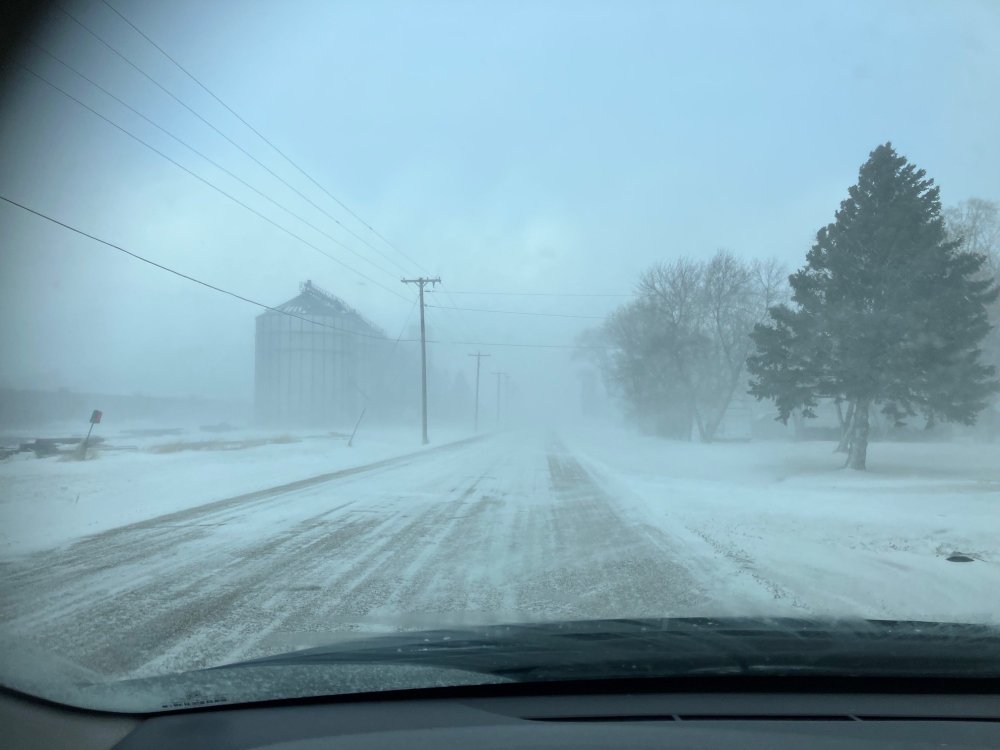
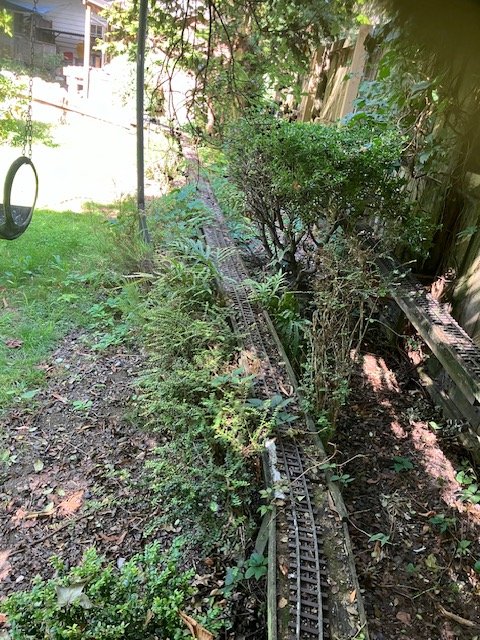
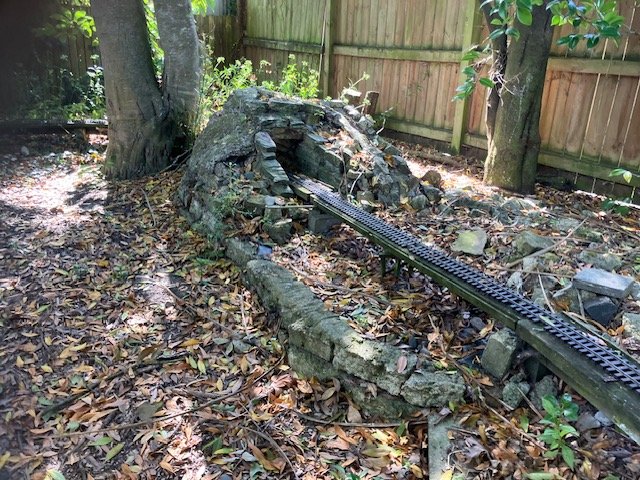
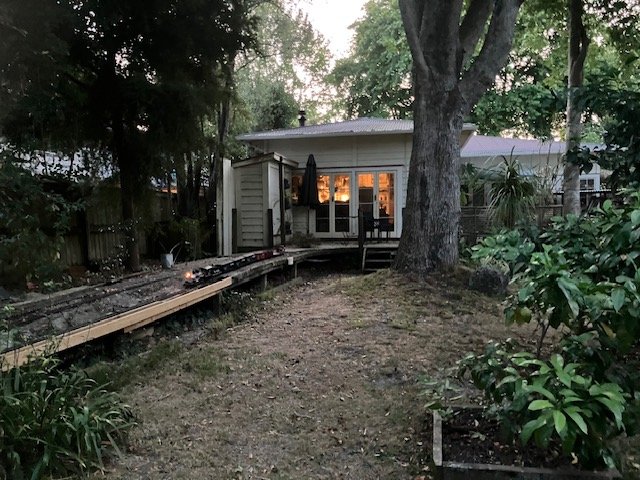
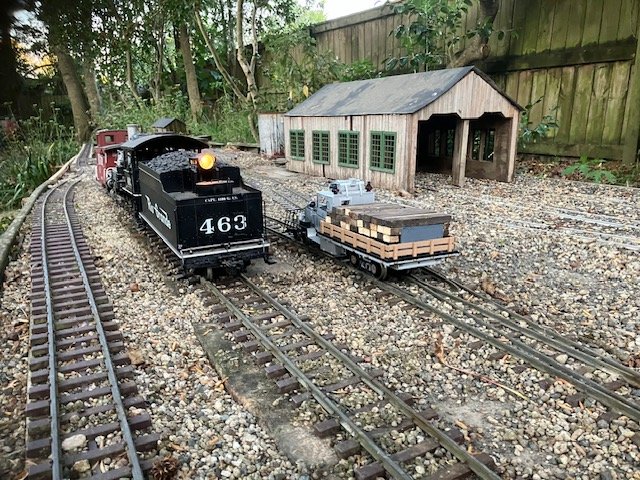
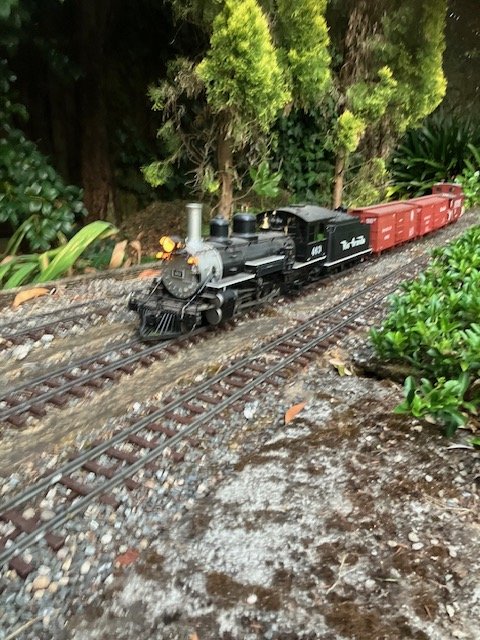
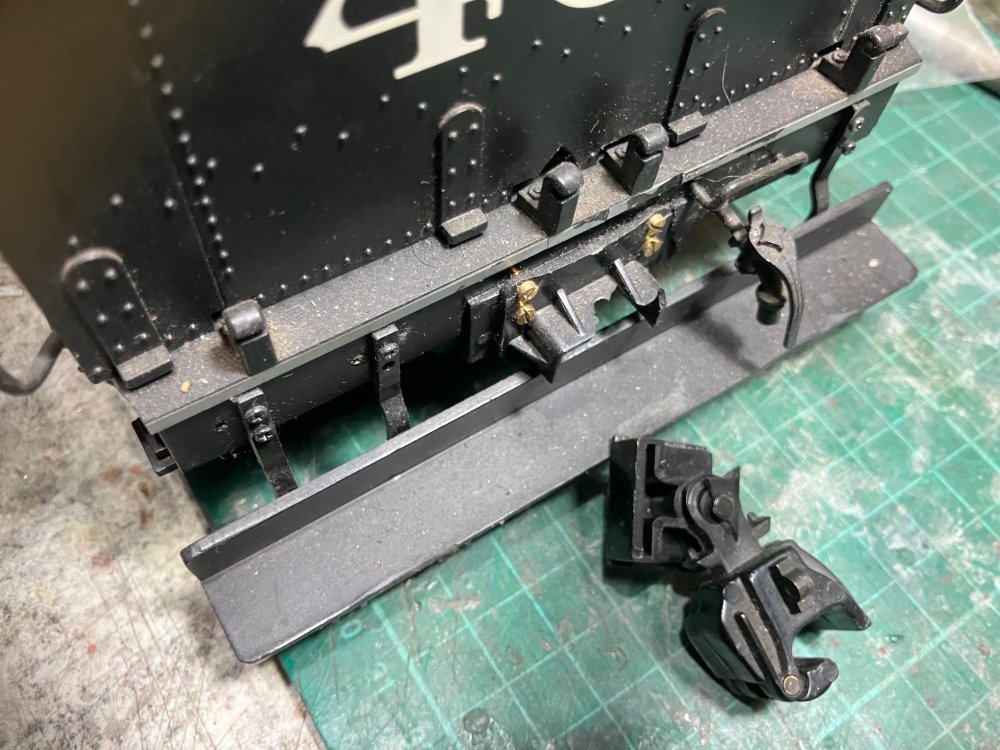
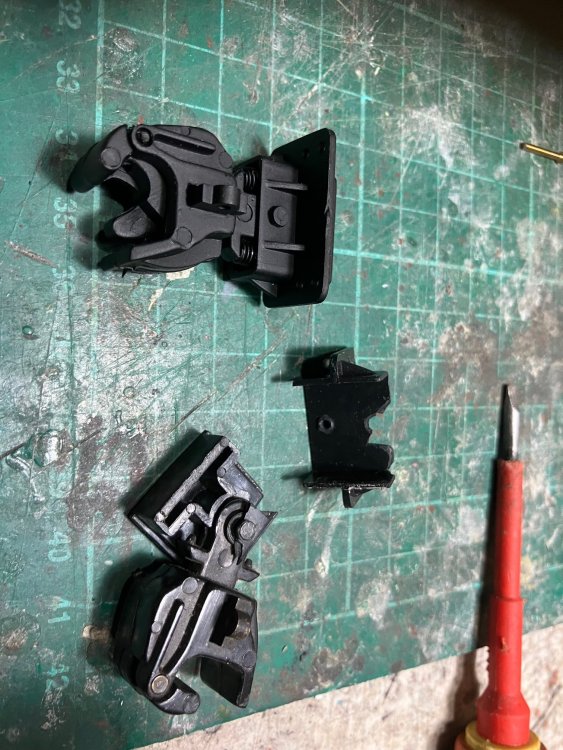
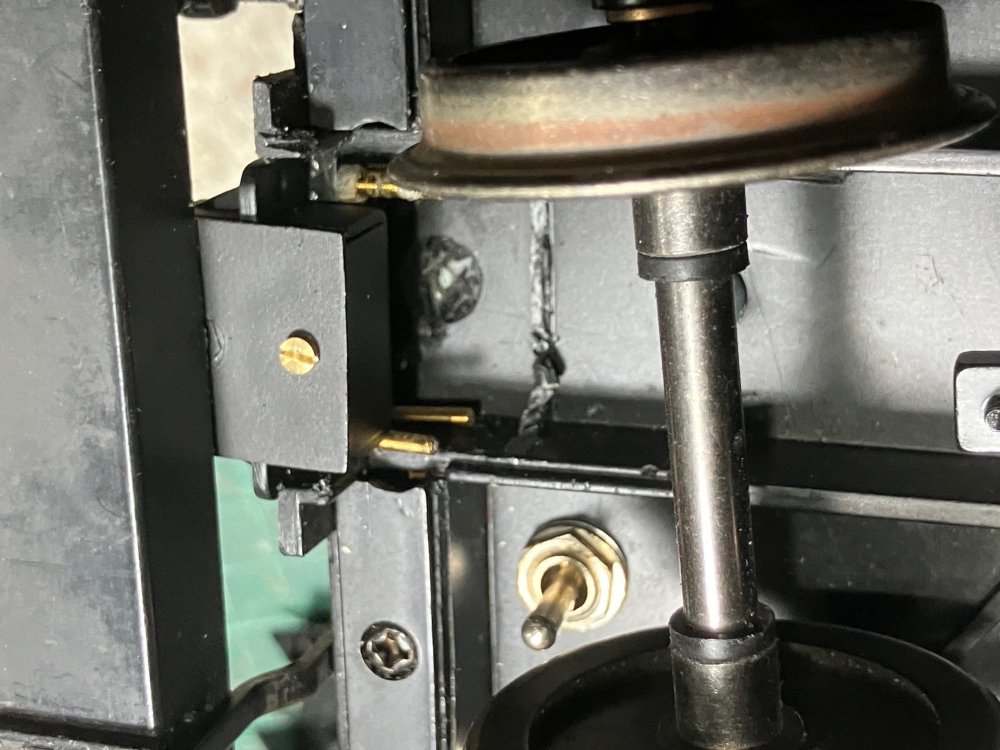
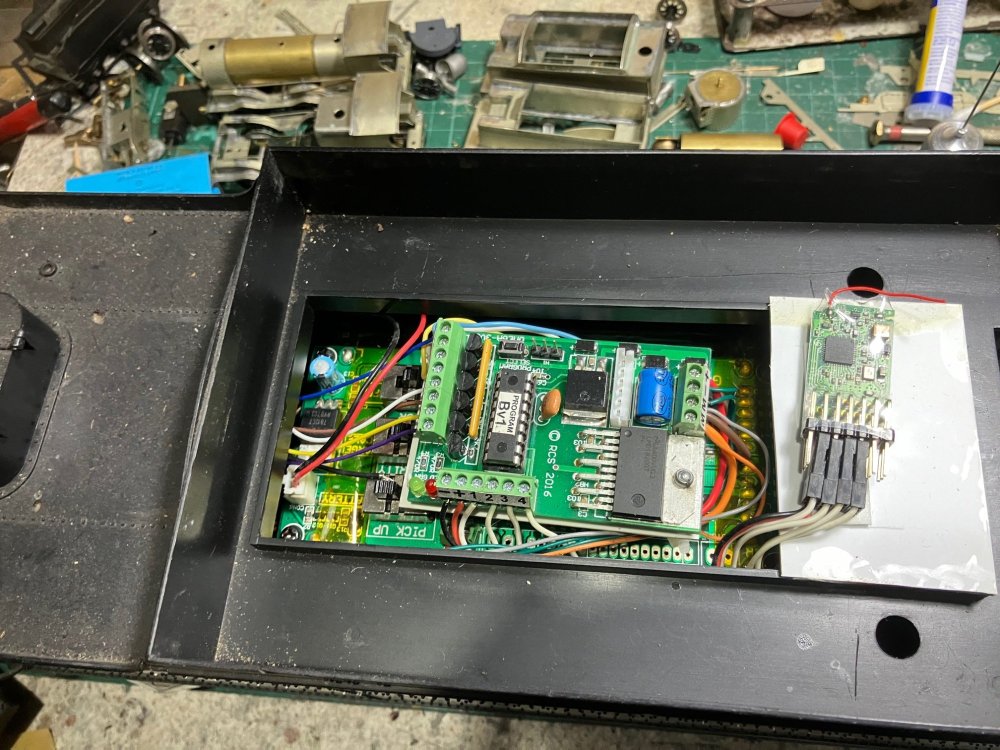
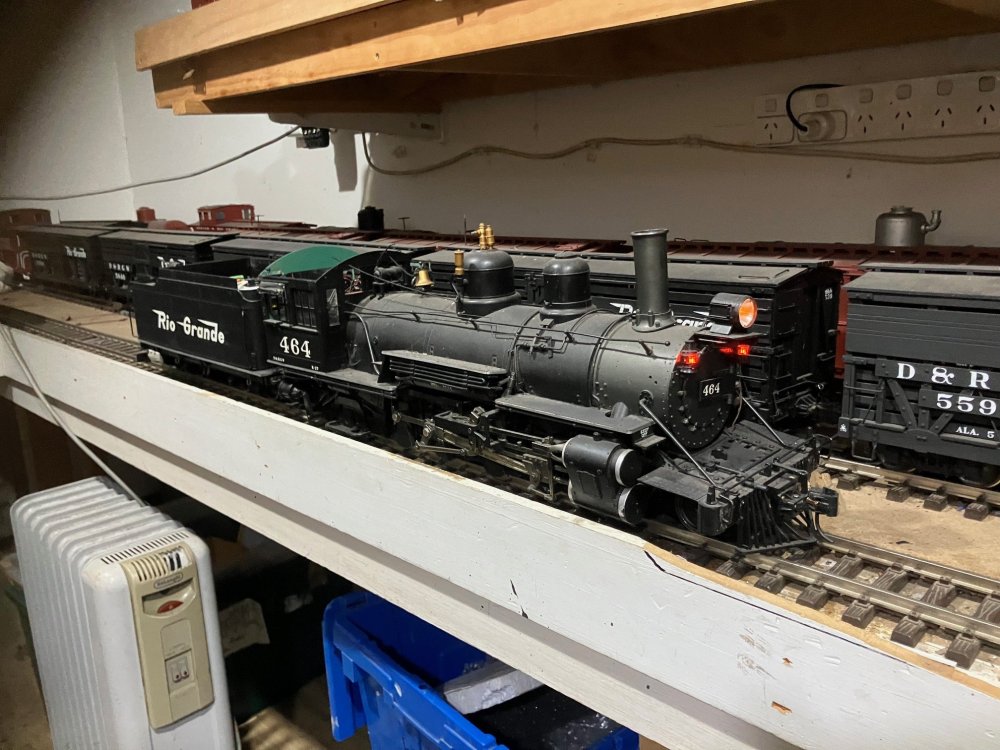
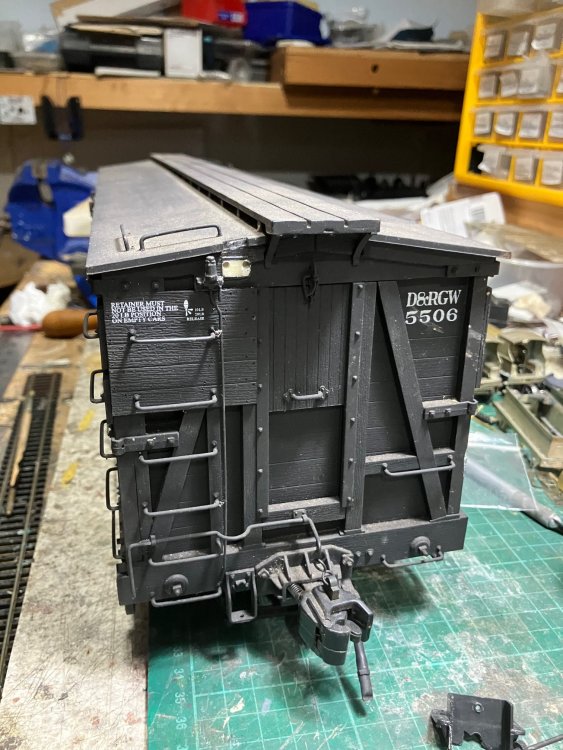
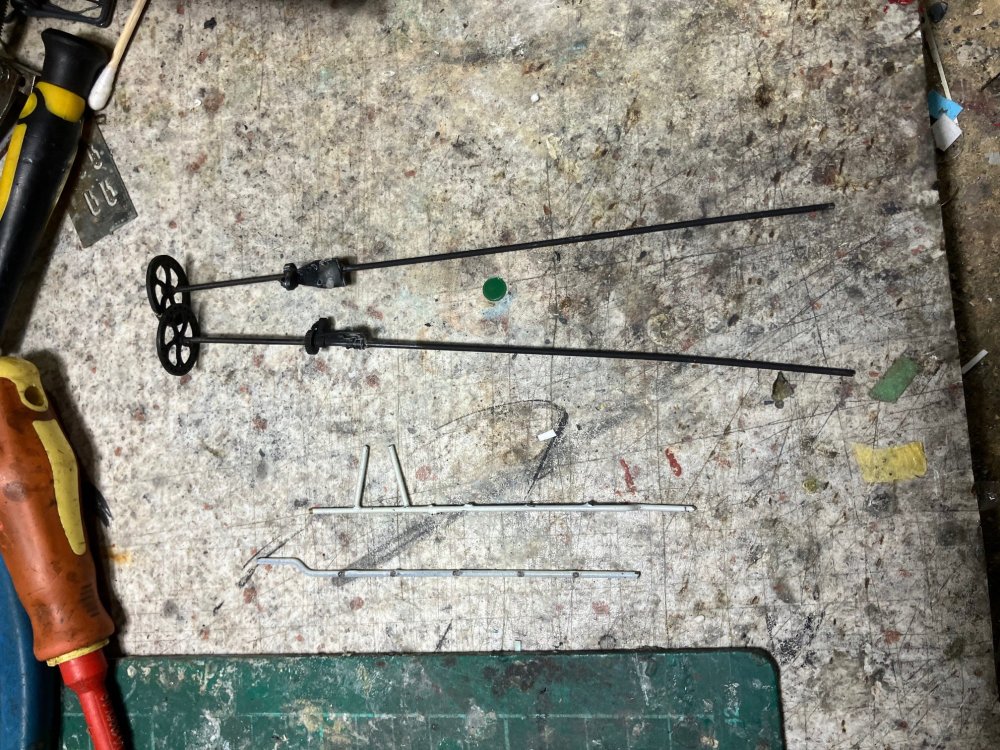
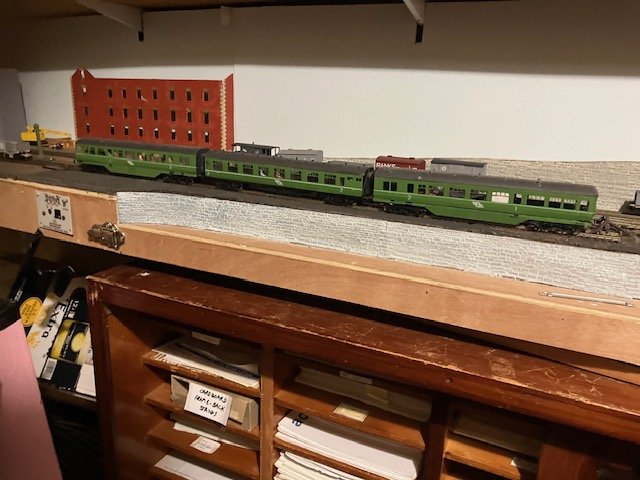
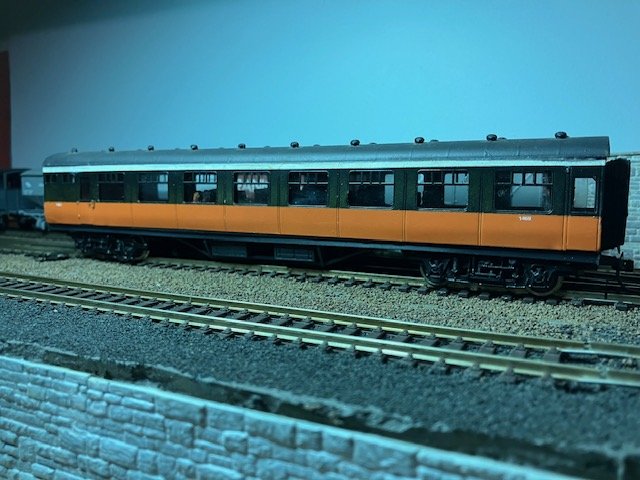



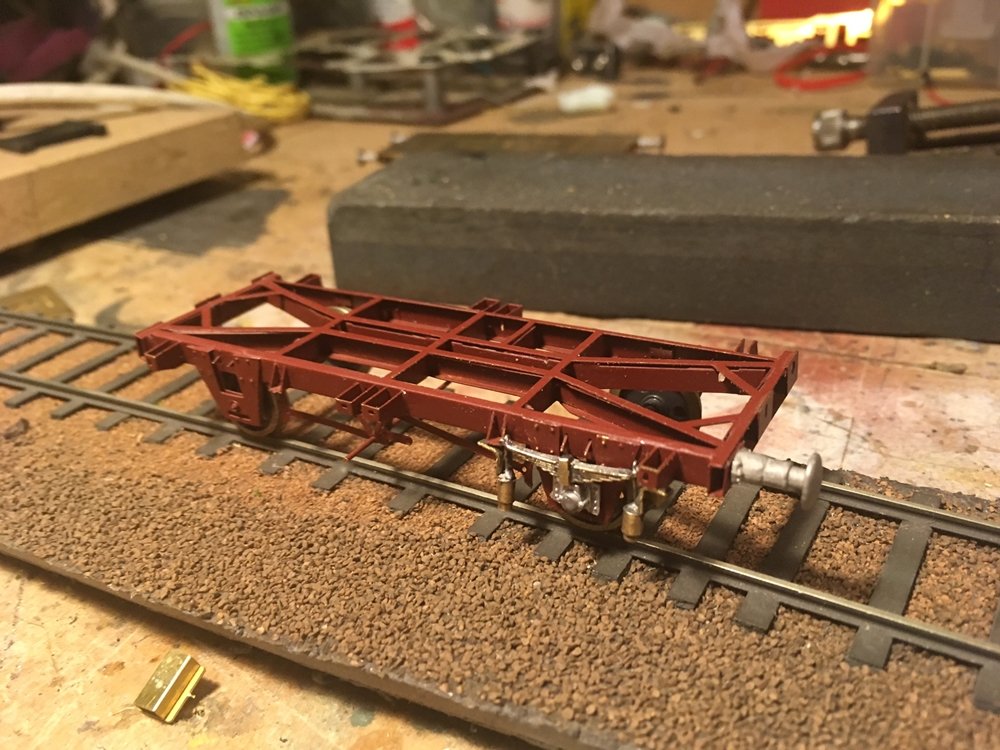
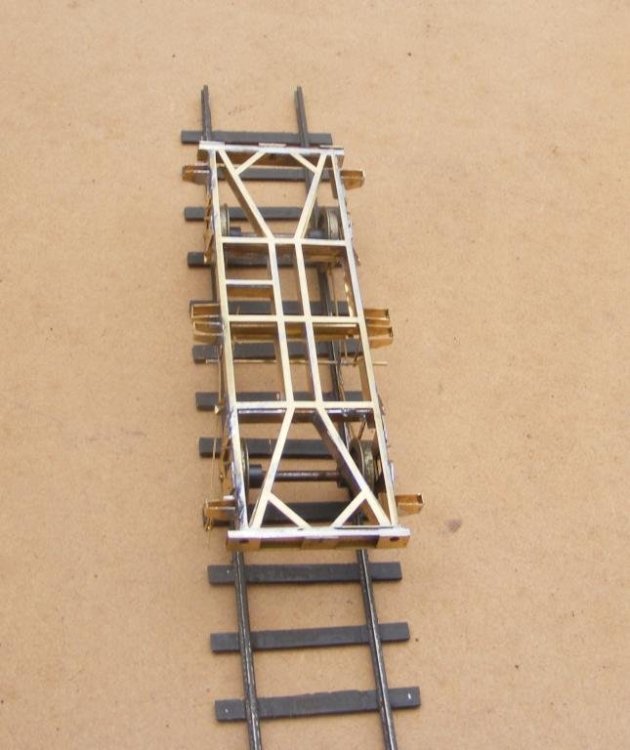
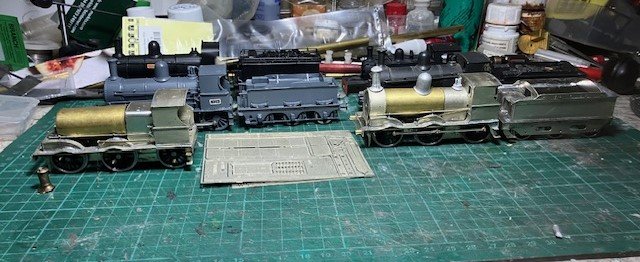




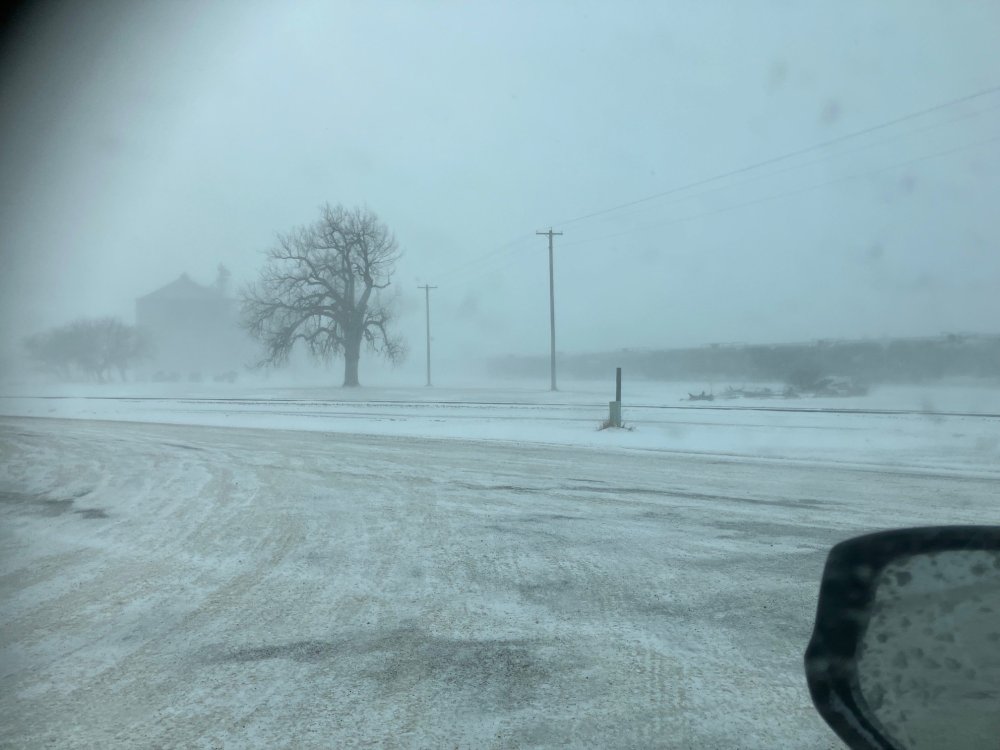
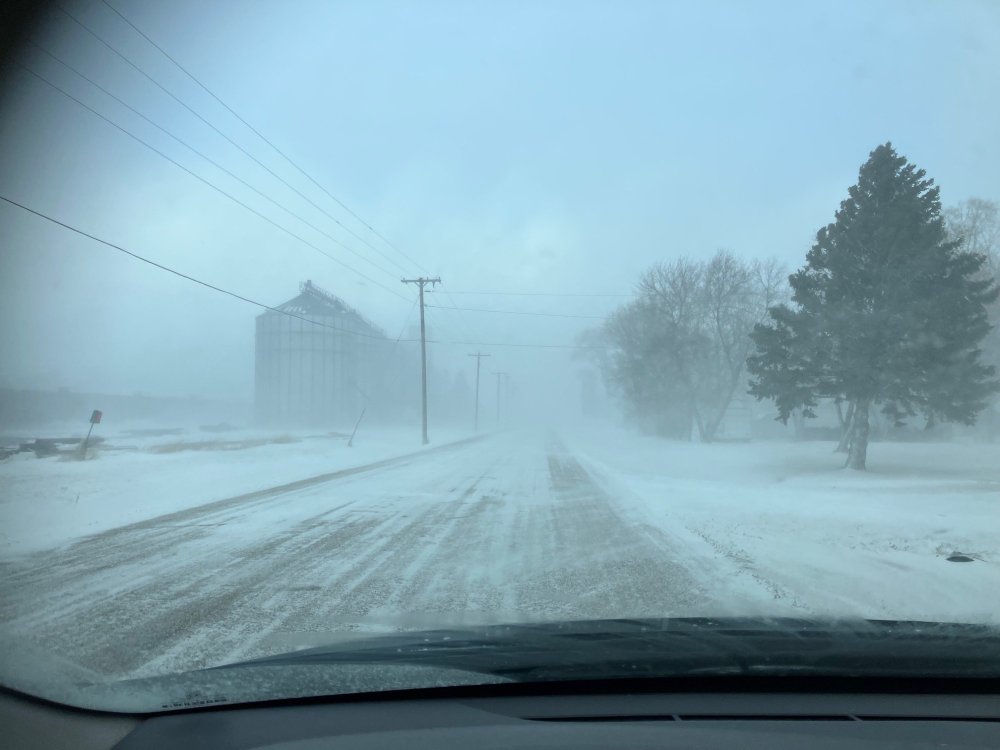
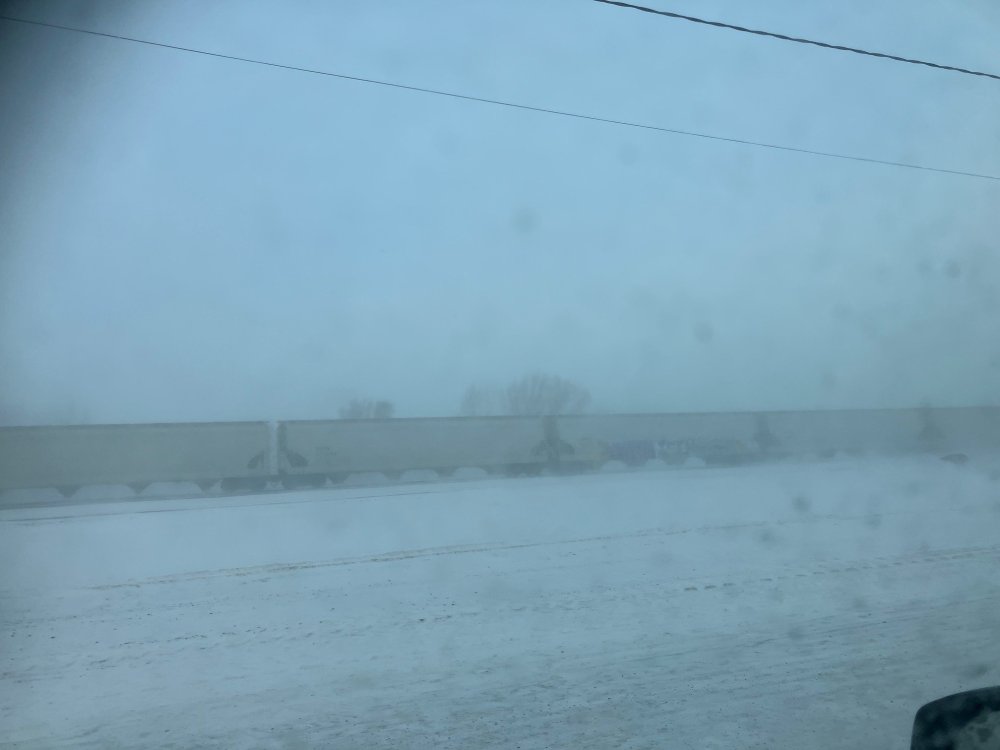
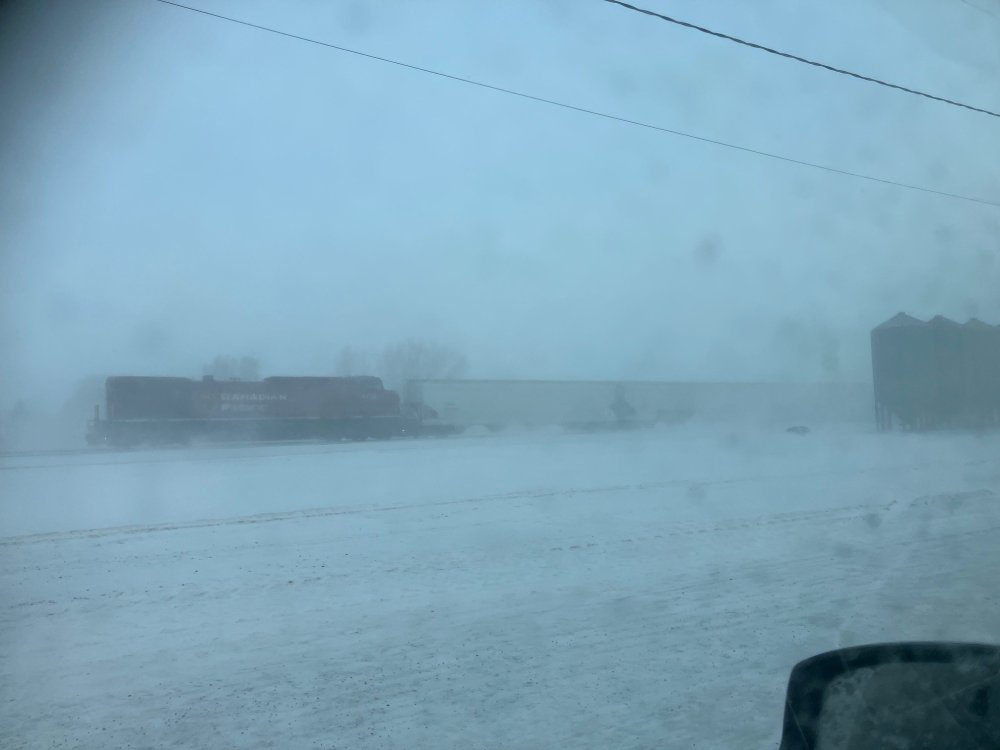
00 GAUGE IRISH RAILWAY WANTED
in Free to a good home
Posted · Edited by Mayner
Though Ireland would have applied to become the 51st State or at least a US Overseas Territory by now avoid all this fuss with major US companies using Ireland and a tax haven and off-shoring "American jobs" to Ireland. Afterall Mary Harney once said the Irish people felt closer to Boston than Hamburg (or was it Berlin) as a people and in terms of doing business. In a way Donald reminds me of Charlie Haughy in terms of personality.
Anyway wasn't his mother Mary Anne MacLeod born in a Scots-Gaelic speaking household in the Isle of Lewis in the Outer Hebrides from a Clann/family displaced by the Highland Clearances.
No doubt there is some Irish Ancestory on the mothers side as the Gaels brought the Gaelic language, customs and Christianity to the Highlands during the early middle ages.